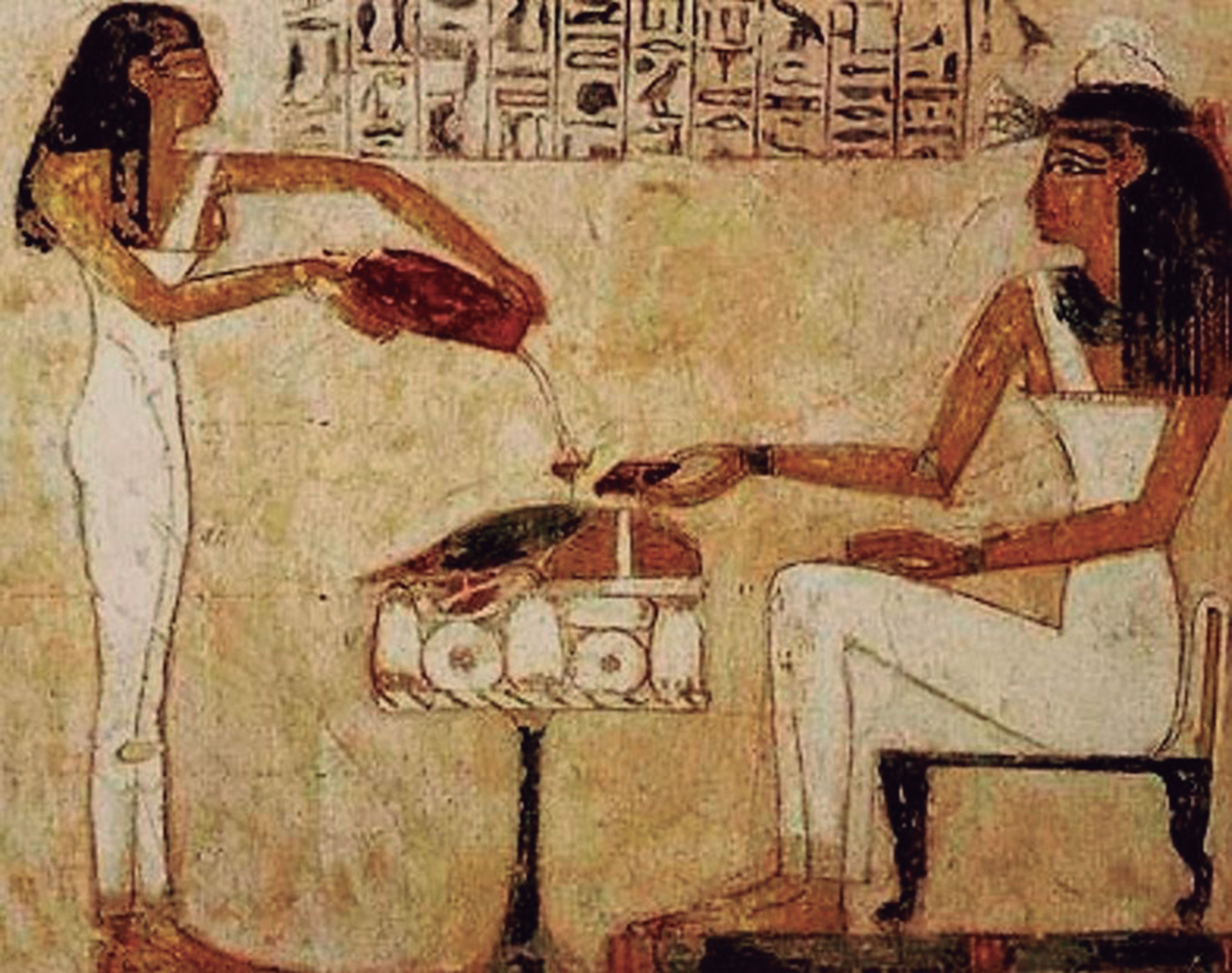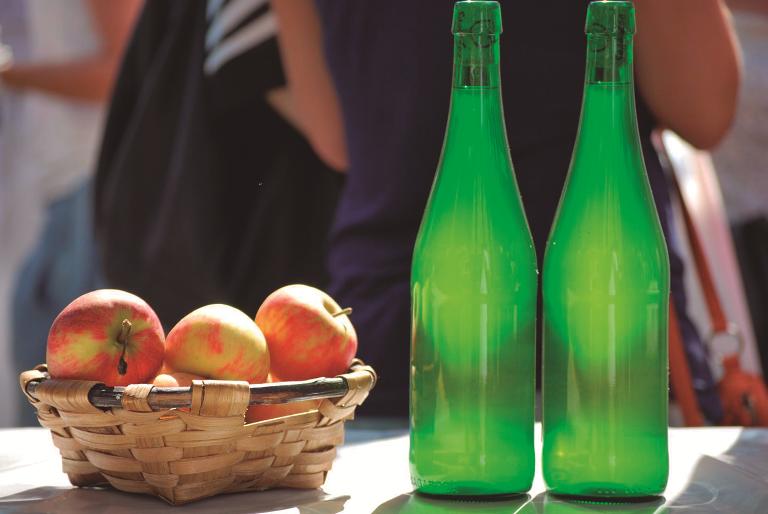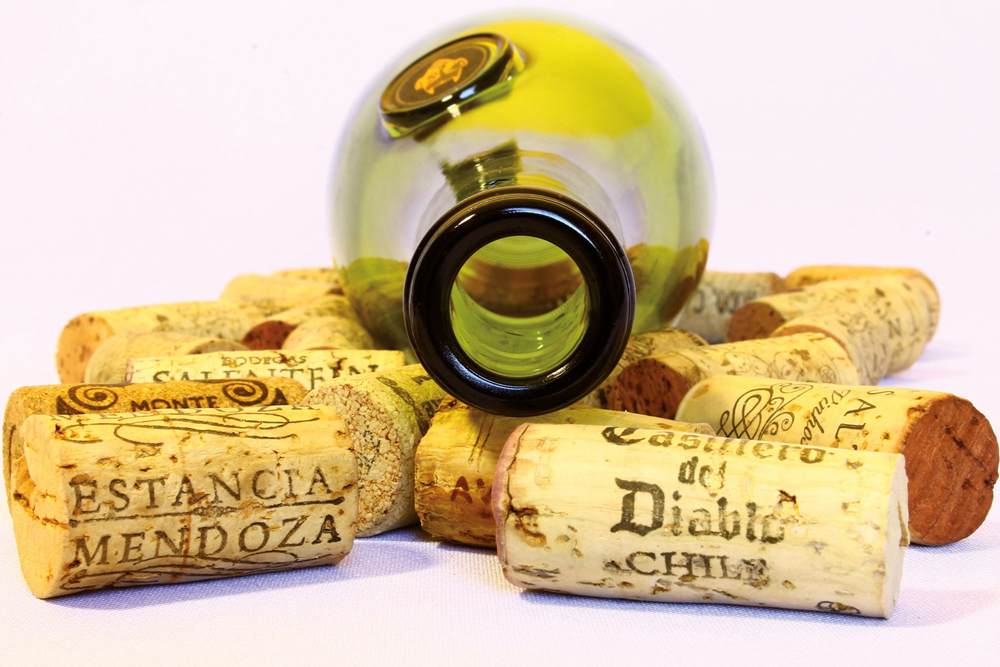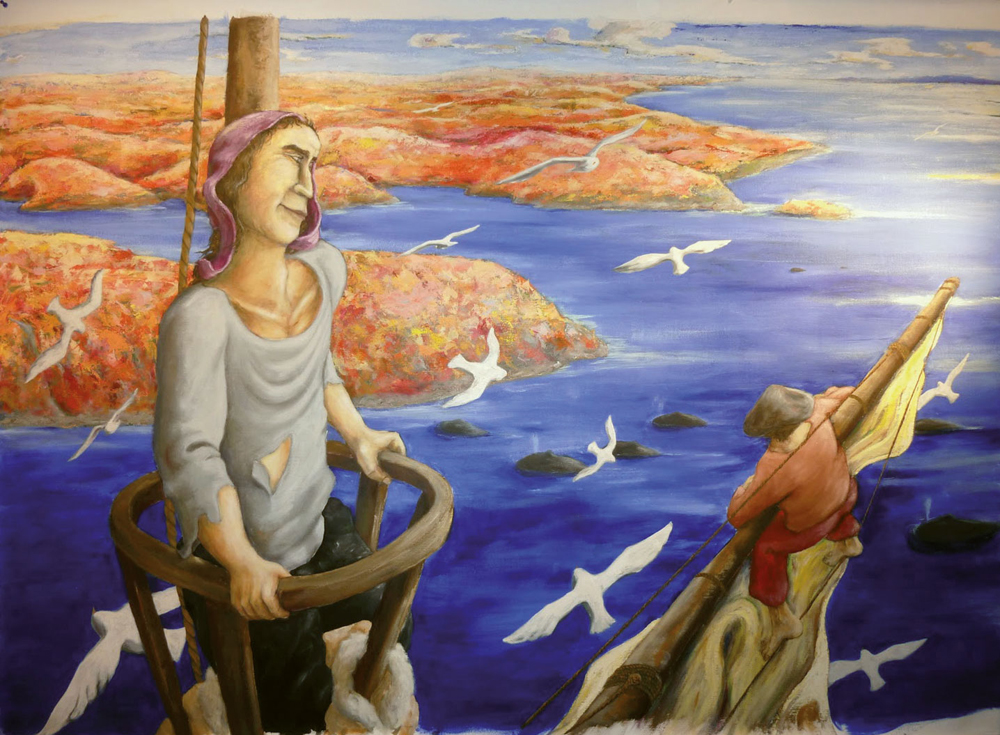Power of medicines
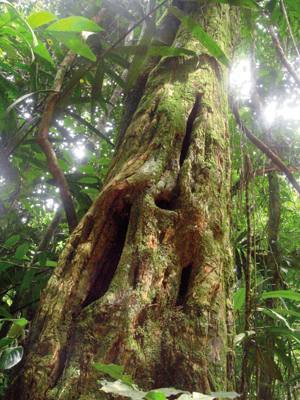
When it was spread that it was good at treating inaccessible quinine or the malaria that had emerged from the bark of the kino trees of the genus Cinchona, in Europe this skin was given a large number of names. In the middle of the seventeenth century he was the wife of a viceroy “of works” in the area of Peru and Bolivia and allegedly divulged the quinine in honor of the countess of Chinchongo “the skin of the countess”, supposedly “the skin of the Jesuits” in tribute to the warriors who discovered and received that knowledge and “the skin of Peru” in the place where it was found. In Europe, it did not occur to anyone to put the “skin of the Queches” in tribute to the culture that he had researched and gathered within him.
When a Jesuit sent him to Rome and put him on his way to cure the disease, in a city surrounded by marshes and marshes, the news of the virtues and powers of quinine soon became known. Everyone wanted to seize part of the advantage of this promising medicine. The new species of this genus found in these territories came continuously from America to Spain. The British and the Dutch were nothing wrong and, despite the ban on exports from America, they could get seeds there or there, probably paid for gold on the upper floor.
The Europeans, thanks to Quinina, peacefully entered black Africa through the horrific swamps and swamps that have never been abandoned before. Quinine became strategic in the wars that took place in the tropics of warriors on the side of the world: In India and throughout South Asia and Africa mainly. The Dutch were committed to producing and marketing. During the 1930s eleven million kilograms of quinine were produced annually, 97% of the world's quinine production. In 1944, synthetic quinine was created in the lab, but it was hugely expensive. During the Second World War, the Germans occupied the Philippines and Indonesia and took over the world of quinine. The United States realized and managed to hide four million seeds from the Philippines and plant them in Costa Rica, but a little later!
The kino tree of the species Cinchona calisaya was found in Mount Calisaya, in Bolivia. The first reference to it is found in a letter written on 27 October 1792. Not those of Chinchongo, written on this occasion by the secretary of another count, the Count of Ezpeleta de Beire, governor of Cuba and king of South America, José Manuel Ignacio Timoteo of Ezpeleta and Galdeano (1739-1823).
The day exceeds the night with the spring equinox. This year it happened on 20 March, at 22:59 hours, opening the door of the spring. The Eki prefix means the same thing. Until then the night had been longer. The day and night were twelve hours. Since then, the day is extended... [+]
Time has been on our line for a long time, but the climate is relatively recent. There is no need to clarify too much what climate change is. Explaining what the landscape is is a redder necessity. Conferences, round tables or international conferences on climate change are... [+]
It's time to pick up the fruits and get them on the way to the lagar. Pear (Pyrus communis), apple (Malus x domestica), grape (Vitis vinifera)... It seems a short and quick road, but you have to work a lot of rodeos and their variants until the fruit becomes must and must become... [+]
In the Basque Country, agriculture is the history of permanent colonization. Like everywhere. Before, the land was not cultivated; before, the harvest was not sown; you enjoyed what was not eaten before. They had brought it all from elsewhere. Many of these stories have been... [+]
Returning to the wines that are made with the crops, the left madreselva (Humulus lupulus) is conservative and bitter tasting aggregator. The union of crops and madreselvas produces many dirty jets, especially in beer countries. A friend has just explained to me the stories of... [+]
In our house we met him with the name of madreselva (Humulus lupulus). In fact, we have worked hard and sinister on the banks of the river in our country, coinciding with the expansion of beer. We've learned that it's also called lobster, beer, beer, wart and grass on the left... [+]
Spring has brought the issue to my nose. C. worked at various research centers in New York. Bushdid, M. Oh! Magnasco, L.B. Vosshall and A. An article published by scientists Keller in March 2014 in the prestigious “Science Magazine” produced a great stir. The title says it... [+]
The curious interannual days end, those who eat and drink from the emanations of the earth. I'll eat from the best to the best. Supposedly. Heavy champagne and cava bottles are easy to dance. Even though they are of all kinds today, they were once the cider of the other barrel... [+]













